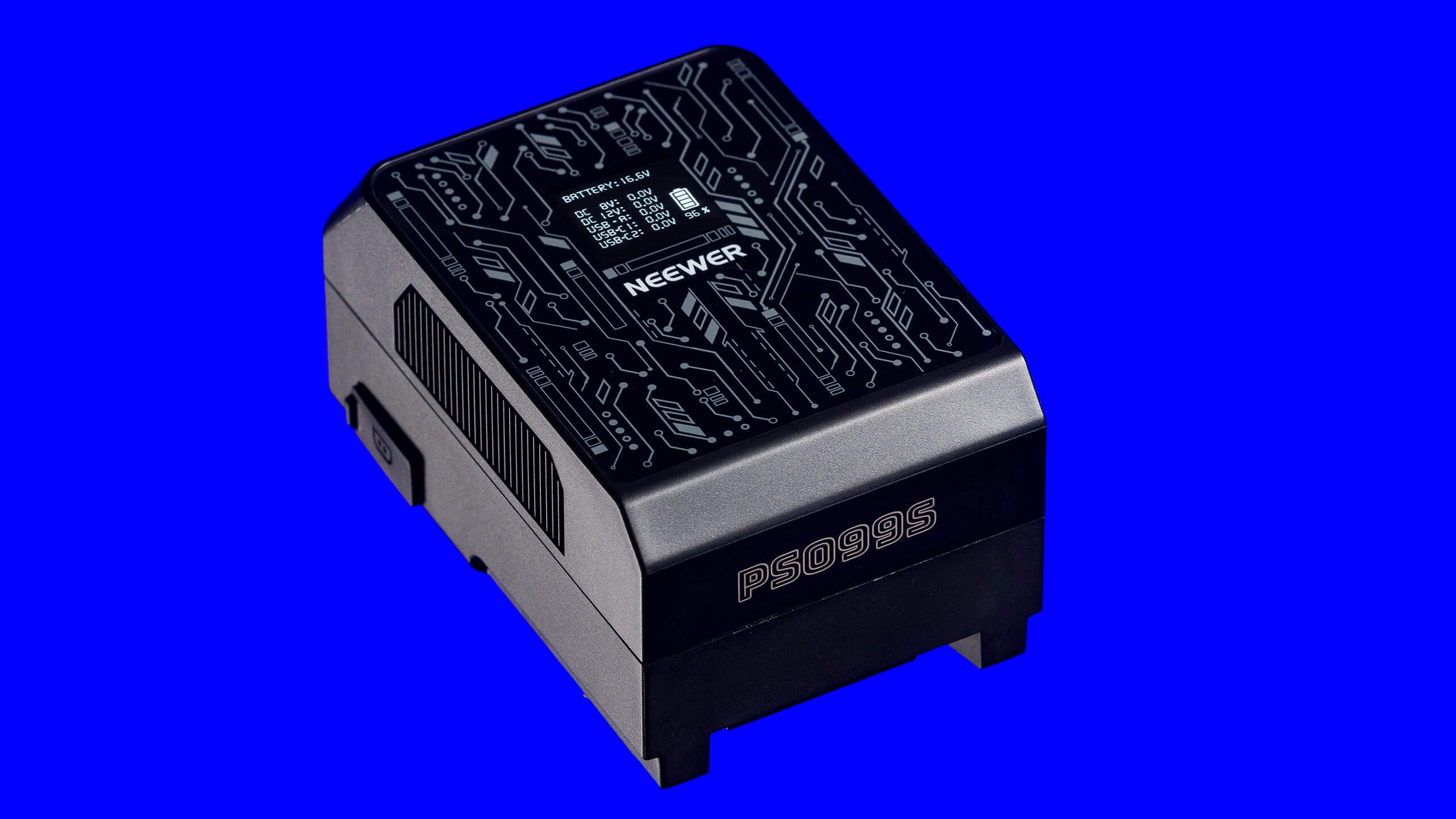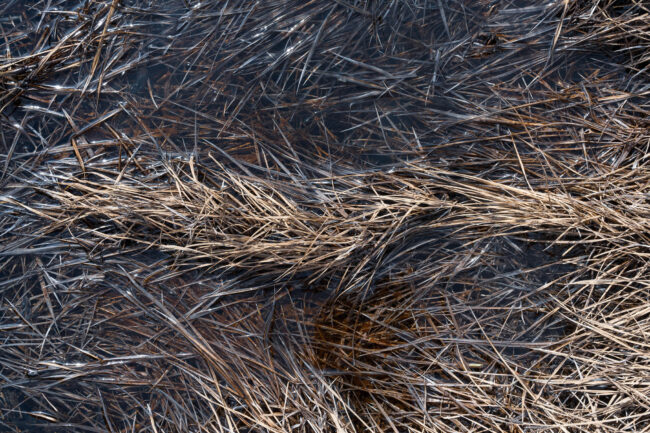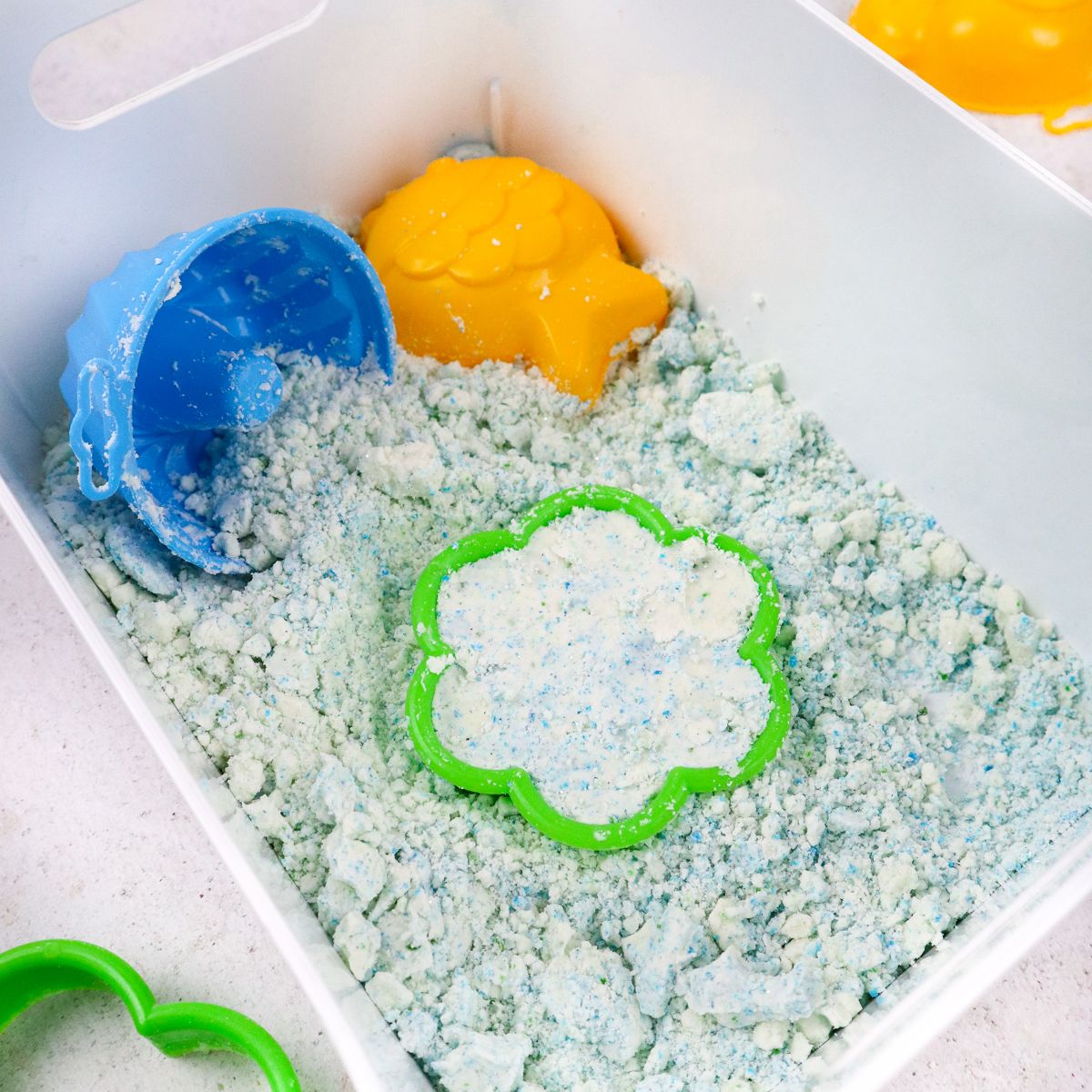mortar shower bed and drain advice
So I was in the midst of removing grout on my tile shower floor when I realized that there were two dark lines of grout which would never dry out. Blew a fan on them all night and the shower hadn't been in use for many days. There are no leaks anywhere and structurally all seems ok. As much as I wanted to pretend there was no problem and just regrout over it, I figured my brand new grout would just get saturated as well and I need to solve the problem of water wicking up through grout in these areas. My best guess was that weep holes in the drain body were blocked. My first thought was I would have to take out the whole pan and first row of tiles, but after watching some videos it seemed a more economical approach would just be to carefully get down to the drain body to see if water was pooling around it, unclog the weep holes, and let everything dry out. As you can tell from the photos the weep holes were definitely clogged with debris, but there are some other things that feel worrying. First, this appears to be a traditional liner based shower pan, I'm not sure if what's underneath the pan liner, as I was avoiding damaging it. The mortar is definitely damp, I don't know how damp it should be? Surely these things never fully dry out? Some of it seemed very hard as I was chiseling through, some of it seemed pretty loose like wet coarse sand, which seems to be what was clogging the weep holes. There was effectively no pooling of water to a great extent, which left me a little confused about these wet grout lines. After unclogging the weep holes, will putting pea gravel down really help before packing it again? It seems to me that sediment will just slide through the gravel and clog it again and I'm back where I started. Do I bother chipping out that top grout line to see what's going on underneath it? That would also give me enough space to drop a level in and check if the liner is pre-sloped. Currently I'm running a dehumidifier and blowing a fan on the floor to see if I can dry things out some and if the grout lines will dry out. Also I verified it's wicking by heating the grout up and then watching them rewet. Thanks for any help or advice offered. submitted by /u/wefkjhsivuwef [link] [comments]

 | So I was in the midst of removing grout on my tile shower floor when I realized that there were two dark lines of grout which would never dry out. Blew a fan on them all night and the shower hadn't been in use for many days. There are no leaks anywhere and structurally all seems ok. As much as I wanted to pretend there was no problem and just regrout over it, I figured my brand new grout would just get saturated as well and I need to solve the problem of water wicking up through grout in these areas. My best guess was that weep holes in the drain body were blocked. My first thought was I would have to take out the whole pan and first row of tiles, but after watching some videos it seemed a more economical approach would just be to carefully get down to the drain body to see if water was pooling around it, unclog the weep holes, and let everything dry out. As you can tell from the photos the weep holes were definitely clogged with debris, but there are some other things that feel worrying. First, this appears to be a traditional liner based shower pan, I'm not sure if what's underneath the pan liner, as I was avoiding damaging it.
Currently I'm running a dehumidifier and blowing a fan on the floor to see if I can dry things out some and if the grout lines will dry out. Also I verified it's wicking by heating the grout up and then watching them rewet. Thanks for any help or advice offered. [link] [comments] |




















































































.png?width=1920&height=1920&fit=bounds&quality=70&format=jpg&auto=webp#)































































































.jpg)







































































